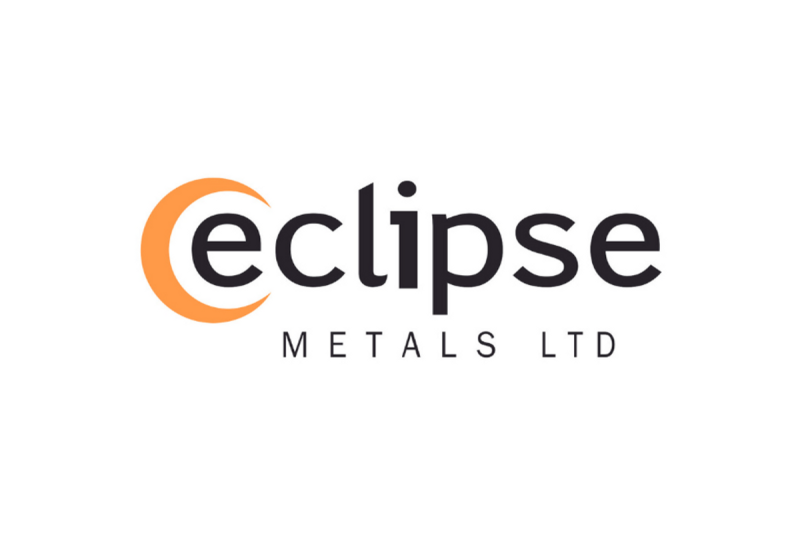Eclipse Metals Limited (ASX: EPM) (Eclipse or the Company) is pleased to announce a maiden inferred Mineral Resource for the Grønnedal REE deposit which forms part of Eclipse’s Ivigtût project in southwest Greenland. The inferred resource estimate incorporates results from Eclipse’s initial drilling and trenching program completed in 2023.
Highlights:Mineral Resource Estimate (MRE) comprising 1.18 million tonnes grading 6,859 ppm TREO containing 8,074 tonnes TREO using a 2,000ppmTREO cut-offMRE extends from surface to a depth of 9.5m representing 80,000 tonnes per vertical metre (TVM)Resource remains open in all directionsResource represents a small fraction of a large carbonatite intrusive that has been drill-testedMRE supports significant upside case for initial development and investment
The resource is contained within rocks of the Proterozoic Grønnedal Complex that intrudes Archean basement gneissic rocks in the Gardar Province, Southwest Greenland.
The Grønnedal REE complex is formed within a northerly trending 8km x 3km ovoid body of layered nepheline syenites which are intruded by a xenolithic syenite with a central plug of calcite and calcite–siderite carbonatite.
These rocks have, in turn, been intruded by large north-east trending dolerite dykes. The concentration of rare earth elements is developed in the carbonatite.
With a high percentage of outcrop, the area has been mapped in detail and hence the extent of the geological units that host the REE mineralisation are very well understood and defined.
Resource Area
The Grønnedal REE mineralisation has been defined in the northern parts of a central block of carbonatite that measures approximately 1,400m north-south and 750m east-west. The carbonatite is truncated to the northwest by a dolerite dyke. The extent of dolerite intrusives within the carbonatite is yet to be established but it is likely that where grades drop off it is because dolerite dykes have been intersected. It is likely that this carbonatite extends to a depth exceeding 500m below surface (Figure 1).
The resource area is restricted to a relatively small portion of the carbonatite that has been tested by trench sampling and drilling. Mineralisation is developed from surface to at least the maximum vertical extent of drilling of 22m. All mineralised holes ended in high grade REE. Trench sampling has returned high REE grades to the northern and western limits of the sampling grid. The resource area remains open at depth, along strike and in width.
Click here for the full ASX Release

